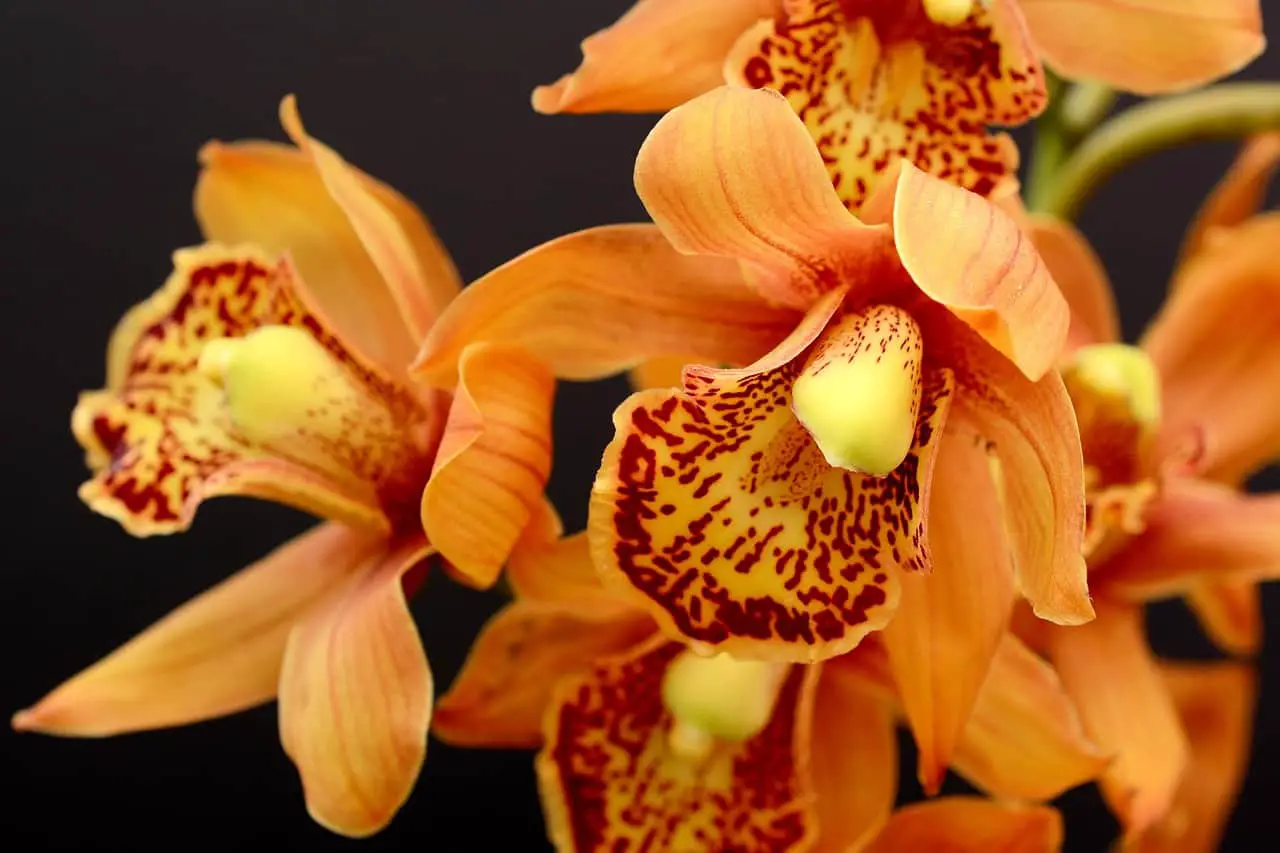Orchids are a beautiful and delicate addition to any home or garden. However, keeping them healthy and blooming can be challenging, especially after their blooms fall off. But don’t worry, with a solid understanding of the orchid lifecycle, creating the perfect environment, and proper nurturing, your orchid can thrive and bloom for years to come.

Understanding the Lifecycle of an Orchid
Before we get into how to keep your orchid blooming, let’s talk about when and how often your orchid blooms. Most orchids bloom once a year, but some varieties may bloom up to twice a year. Knowing when your orchid is in bloom is vital in understanding its lifecycle and how to take care of it properly.
Identifying the key signs of a healthy and unhealthy orchid.
One of the most critical aspects of keeping your orchid healthy and blooming is identifying the key signs of a healthy and unhealthy orchid. A healthy orchid will have vibrant green leaves, strong roots growing in a well-draining medium, and new growth visible at the base of the plant. An unhealthy orchid may have yellowing or wilting leaves, soggy or rotted roots, or slow and stunted growth.
Creating the Perfect Environment for Your Orchid
When it comes to orchids, choosing the right pot and soil can make all the difference in their health and blooming cycle. Orchids thrive in pots that allow for proper air circulation and drainage, such as clay or ceramic pots with drainage holes. When selecting soil, go for a well-draining orchid-specific potting mix that allows water to flow through easily.
Optimizing the lighting and temperature conditions for your orchid
Orchids need the right amount of light and temperature to thrive. Most orchids prefer bright, indirect light, but some varieties can tolerate direct sunlight. It’s best to avoid placing orchids in front of south-facing windows as these can get too hot and dry for them. In terms of temperature, orchids prefer a range of 65-80°F during the day and do well in slightly cooler temperatures at night.
Nurturing Your Orchid to Keep it Healthy and Blooming
Proper watering and fertilizing are crucial to keep your orchid healthy and blooming. Orchids should be watered once a week or when the top inch of the potting mix feels dry to the touch. Overwatering can cause root rot and kill your orchid. Fertilize your orchid once a month with a balanced orchid-specific fertilizer to provide it with the necessary nutrients to bloom.
Common mistakes to avoid when caring for your orchid.
Caring for your orchid can be challenging, especially for new orchid owners. Some common mistakes to avoid include overwatering, placing your orchid in direct sunlight or drafts, using the wrong type of pot or soil, and neglecting to fertilize your orchid properly.

Conclusion
Keeping your orchid healthy and blooming after its blooms fall off takes patience, care, and attention to detail. By understanding the orchid lifecycle, creating the perfect environment, and nurturing your orchid properly, you can enjoy beautiful and vibrant blooms for years to come.

